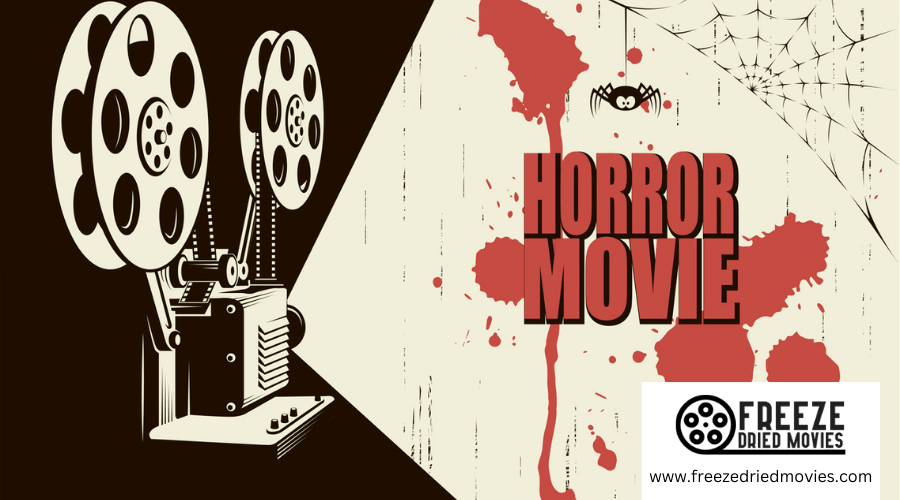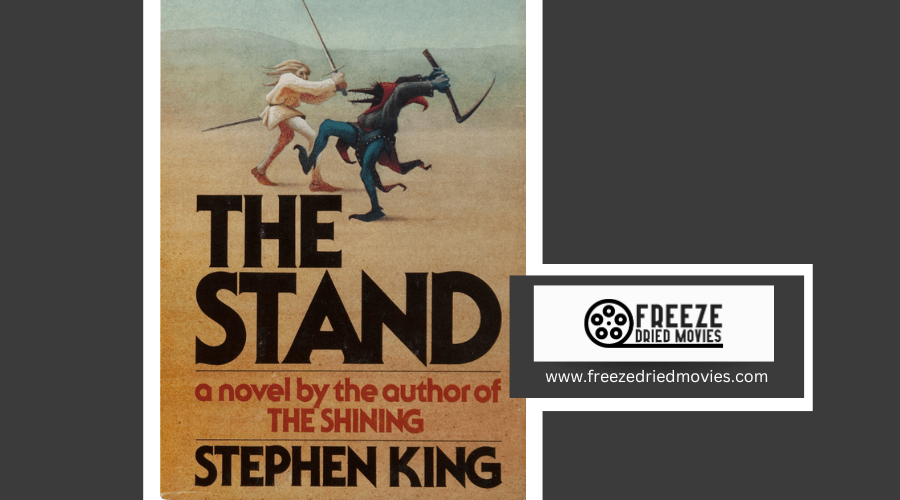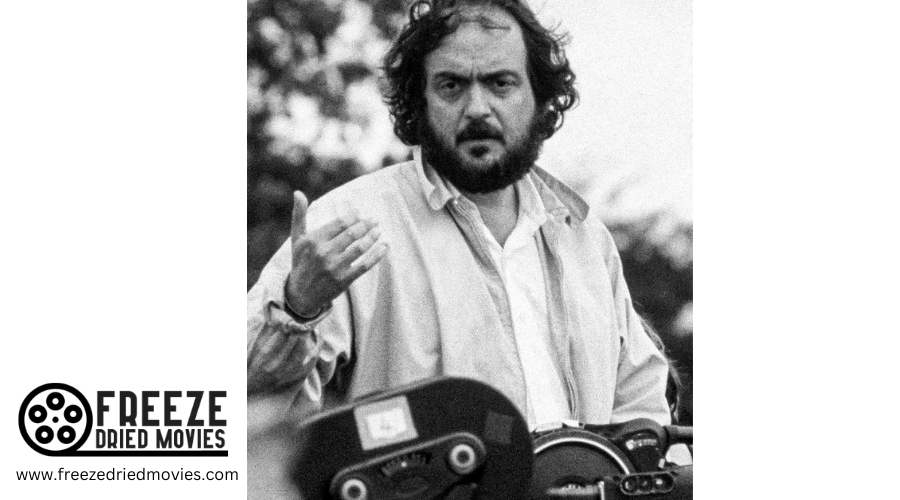10 of the Most Terrifying 60s Movies That Gave Boomers the Creeps
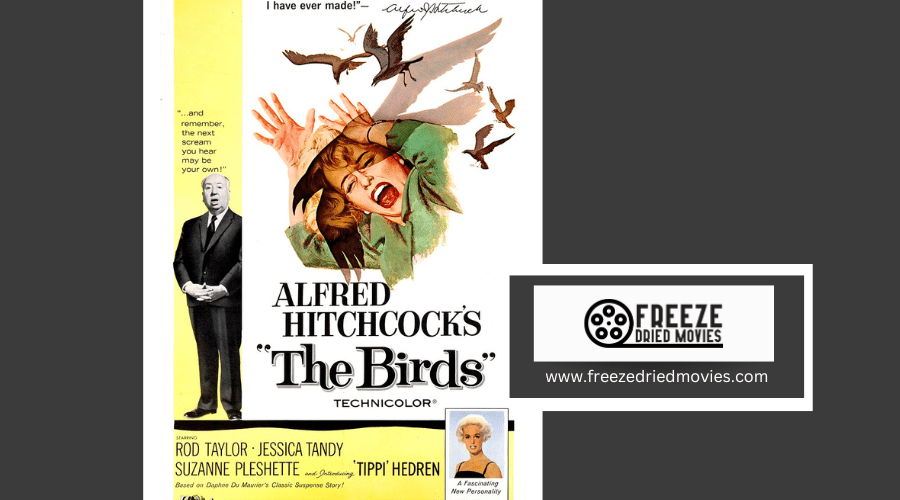
The 1960s marked a significant shift in horror films, showcasing a mix of psychological thrills and visceral terror. Directors pushed boundaries, creating memorable movies that often left lasting impressions on audiences.
One notable film is The Birds (1963). Directed by Alfred Hitchcock, this movie is distinctive for its use of color and special effects, which earned an Academy Award nomination. Based on a short story by Daphne Du Maurier, the film features Tippi Hedren in her debut role. Despite its seemingly simple premise—birds attacking a small California town—the haunting imagery, such as the discovery of dead bodies, contributes to its chilling atmosphere.
Another influential film from this era is Peeping Tom (1960), directed by Michael Powell. The film faced severe backlash upon its release due to its dark themes of voyeurism and murder. It explores the life of a cameraman who films his killings, presenting a complex examination of his disturbed psyche. Though it damaged Powell's career at the time, modern viewers have come to appreciate it as a pioneering piece of cinema.
Mario Bava’s Blood and Black Lace (1964) introduced audiences to the giallo genre, combining stylish visuals with gruesome murders. Set in a fashion house, it features a mysterious masked killer targeting models, establishing tropes that would influence future slasher films. Bava's techniques in cinematography and storytelling remain influential in contemporary horror.
Films like Night of the Living Dead (1968) by George A. Romero revolutionized the zombie genre, blending social commentary with horror. The film’s themes address societal fears while delivering pure fright, making it a cornerstone in horror history. Romero’s work paved the way for countless zombie films that followed.

Roger Corman’s adaptations of Edgar Allan Poe’s works, such as The Masque of the Red Death (1964), showcase a blend of elegance and horror. Featuring Vincent Price, the film is rich in Gothic atmosphere and explores profound themes of mortality and decadence. Corman's unique style helped define the horror genre in the 1960s.
Psychological horror also found its place during this decade. Film like Repulsion (1965), directed by Roman Polanski, dives into the mind of a woman descending into madness. Using haunting visuals and a gripping narrative, it explores themes of isolation and fear. Such films reflect the era's exploration of mental health and personal demons.
In addition to these iconic films, titles like The Innocents (1961), based on Henry James's novella, delve into ghost stories and psychological thrills. The use of atmosphere and suggestion creates a unique tension that captivates viewers. This adaptation remains a classic, emphasizing that horror is not just about scares, but also about psychological depth.
The decade also introduced Rosemary’s Baby (1968), directed by Roman Polanski, which shifted the focus to paranoia and the supernatural. The chilling tale of a woman grappling with her pregnancy amid suspicious neighbors explores themes of trust and betrayal. This film helped establish the psychological thriller genre,
combining elements of horror with more profound societal issues.
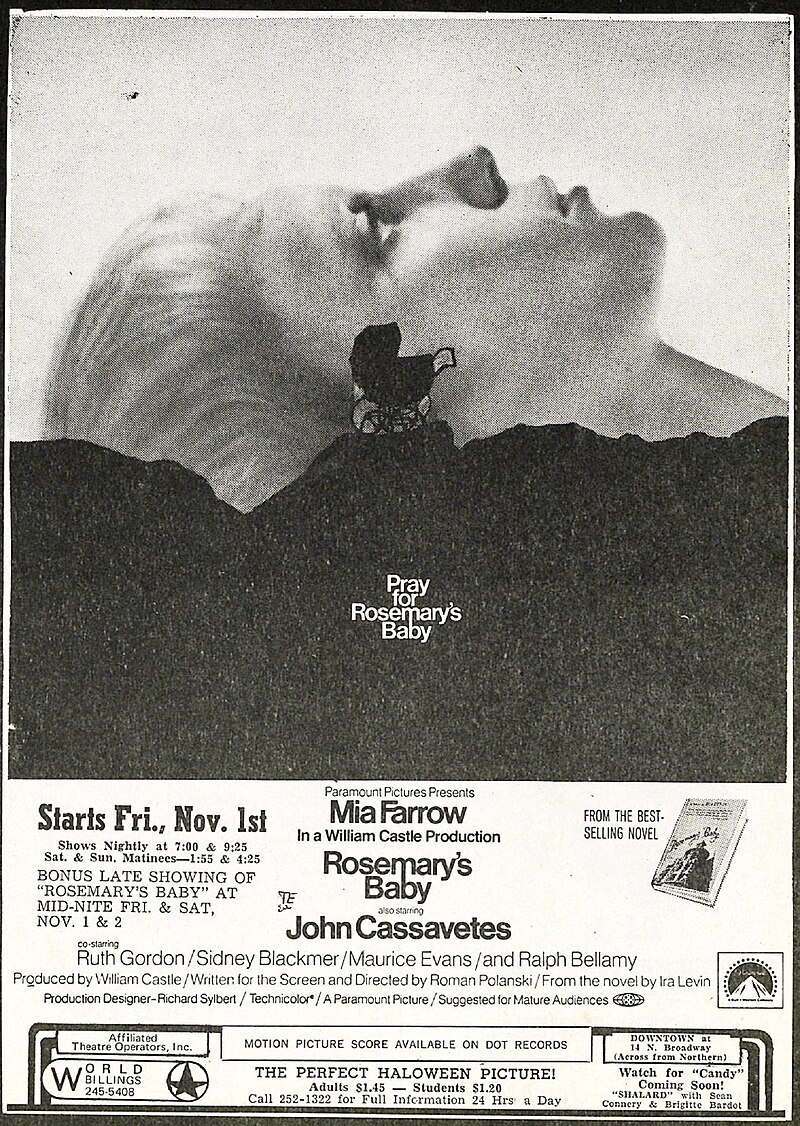
Gothic horror returned with films like The Haunting (1963). Directed by Robert Wise, this film is based on Shirley Jackson’s novel, delivering an unsettling atmosphere that unsettles both characters and viewers. It showcases the psychological aspects of fear tied deeply to the human experience, elevating it above mere jump scares.
The era's experimentation with various themes is evident in Blood Feast (1963), often considered a landmark in the splatter genre. Directed by Herschell Gordon Lewis, it presents graphic violence in a way that challenged audience sensibilities. The storyline involves ritualistic sacrifices, pushing the boundaries of what horror could depict, showcasing the evolution toward more explicit content.
In quieter terror, films like Kwaidan (1964) presented layered ghost stories. This anthology of traditional Japanese tales illustrates the universal power of supernatural forces, creating a compelling and eerie visual narrative.
Exploring darker historical themes, Witchfinder General (1968) illustrates a narrative of witch hunts in 17th century England. The film, notorious for its brutality, provides a critical look at human nature and the hysteria surrounding fear of the unknown. Vincent Price’s detached performance adds to the chilling tone, making it one of his standout roles.
With X: The Man with the X-Ray Eyes (1963), horror also delves into science fiction. Directed by Roger Corman, this film follows a scientist whose experiments lead to dire consequences. As his vision expands beyond the normal scope, the psychological implications of his discoveries drive the narrative, exemplifying the era’s blend of horror and sci-fi.
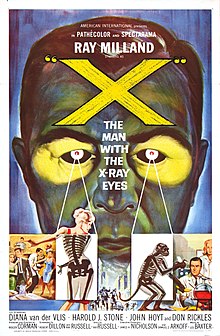
The slasher genre began to take shape, with films like Blood and Black Lace establishing visual styles and tropes that would define future films. The masked killer became a prominent figure, influencing not only giallo films but also the wider horror landscape. Characters created in this era laid the groundwork for iconic figures in slasher films of the 1980s.
Vincent Price’s involvement in numerous horror films during the 1960s added significant gravitas to the genre. His unique ability to blend charm and menace made him a key figure in classic horror cinema. Films like The Masque of the Red Death allowed him to explore darker themes, solidifying his legacy as a horror icon.
The exploration of natural horrors is embodied in The Day of the Triffids (1963). This film presents a catastrophic vision of a world overrun by alien plant life, revealing fundamental human fears surrounding nature and uncontrollable forces. The narrative serves as a precursor to later disaster and survival films.
The 1960s proved to be a transformative decade for horror films, introducing new styles and themes that shaped the future of the genre. With a combination of psychological depth, political themes, and stylistic innovations, filmmakers laid the groundwork for decades of horror to come. From Hitchcock’s suspenseful storytelling to Romero’s vision of the undead, the films from this period remain essential studies in the evolution of horror.


